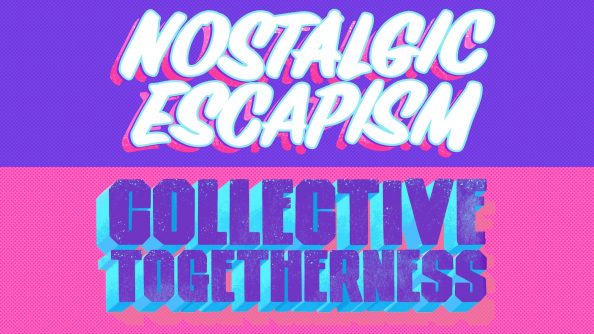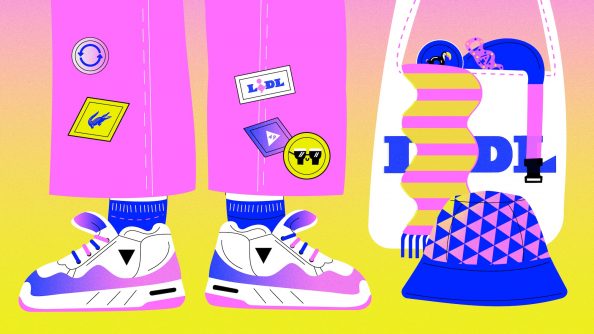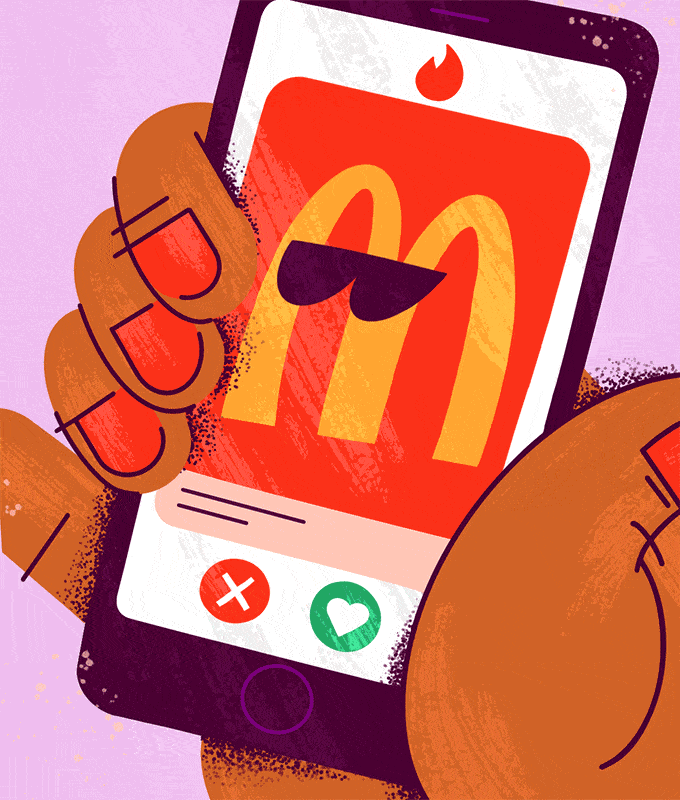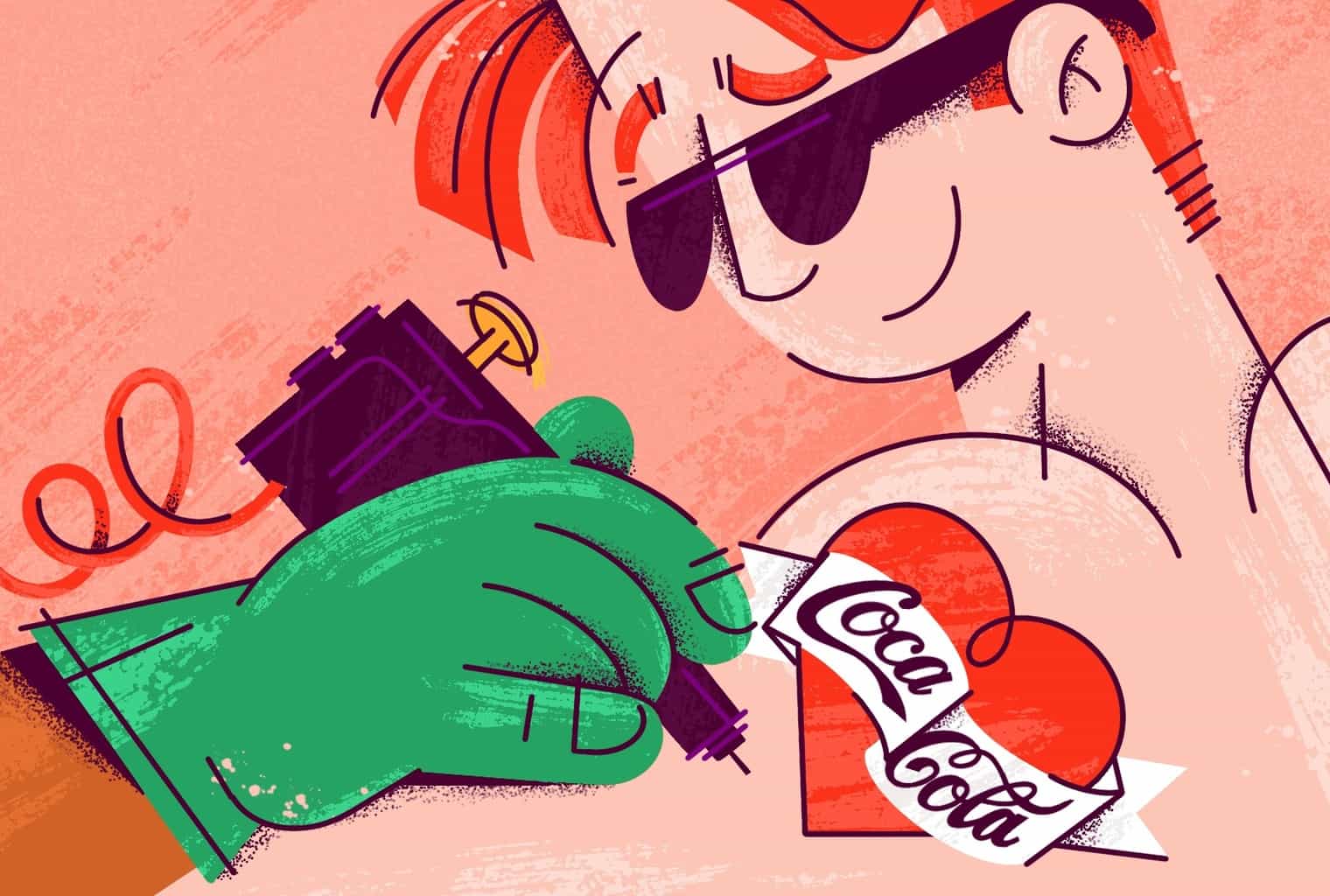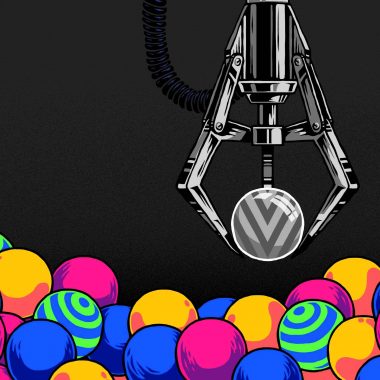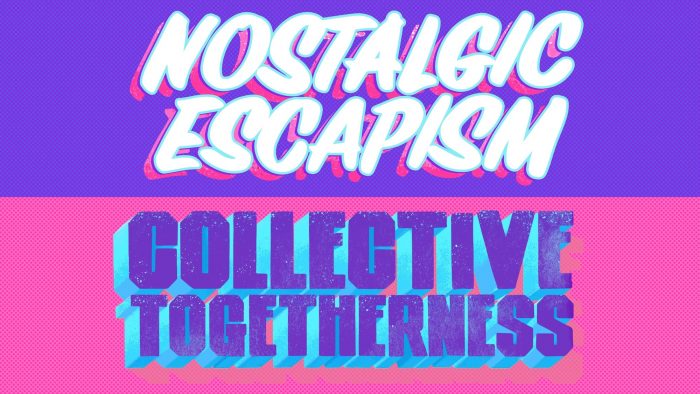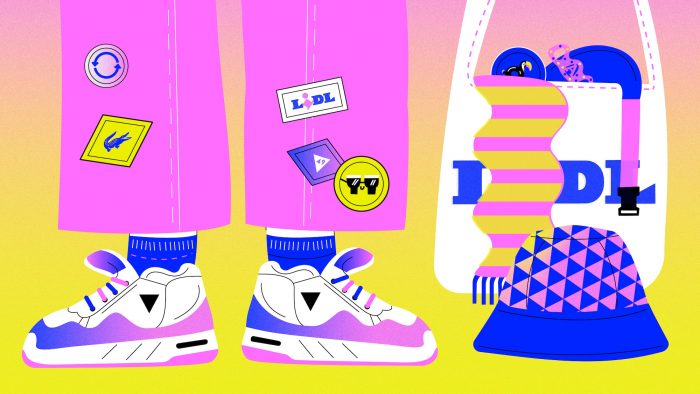Understanding how to build affinity between your brand and your audience is key to building a long-lasting relationship. If your brand doesn’t have substance, or a distinct personality, it will always be difficult to maintain loyalty.
At Vault49, we think of brands as people. We see them as living, breathing things, and therefore they have the same capacity to be loved. They have unique character traits and behaviors, as well as the occasional annoying habit we are desperate to fix.
So if you think about it, falling in love with a brand isn’t that different from falling in love with a person.
Let’s look at how some familiar ideas from the world of dating can be applied to your brand in a way that makes people truly fall in love with it… and commit to a lasting relationship.
Don’t be fooled by lust at first sight
We have all experienced that feeling when you’re instantly attracted to someone. You like the way they look, the clothes they wear, the way they walk, talk, act. But often, when you get to know them truly, this fades. You realize you have very different values, and you lack shared interests. Essentially, you didn’t fall in love; you just briefly fell in lust.
The equivalent with brands would be to design a shiny new logo, or a new piece of packaging, without truly understanding the wants and needs of your customer, or without considering how your brand behaves outside of how it portrays itself visually.
Some brands take the ‘Tinder’ approach to branding – choose a flattering image and hope that something sticks. And we all know how Tinder hook-ups end.
Get to know their friends
At Vault49, we start every project by identifying the brand’s ‘tribe’. By tribe, we mean the group of people that would have an instant affinity to the brand we are creating: the brand’s best friends, the groupies, the wingmen and women. There is a saying that you are a mix of the three people closest to you. So, if we can define those three (or more) people — what music they listen to, where they hang out, what other brands they buy — then we’re pretty close to working out what the brand needs to be in order to appeal to, and also live within, that circle.
More than just a pretty face
Before we decide how a brand looks, we must define the personality. As people, we communicate our personality in many ways, and through appearance is only one way.
If your brand personality is kind, supportive, and empathetic, it will look and behave very differently than a brand that is ambitious, strong-willed and bold. And to avoid confusion and be a brand of substance, underpinning personality traits are important to build consistent behaviors and appearances. If we compare this to the dating world, an inconsistent personality would be like a shy, nervous guy turning up in a Hawaiian shirt and being first on the dance floor. It would just be weird.
And unlike dating, if you use the right process, you can have both a great personality AND stunning looks.
Set your boundaries
To test-drive the brand personality, it’s essential to establish guardrails – what your brand is/isn’t. This helps to further clarify how your brand should behave. Think of it as the point where you think you’ve worked out what a person is like, but you want to test it out by asking them personal questions – what is your relationship like with your family, how did you vote in the last election, do you prefer cats or dogs? Once you’ve established this, you’ve got yourself a pretty bulletproof stance on most topics and can start to build out further.
Express yourself
Different audiences find different things attractive, and that’s why it’s important to keep your tribe in mind. Luckily for us, as people, we don’t all find the same things attractive and that’s why we’re not all trying to marry the same person. Be selective about who you want to appeal to, or you run the risk of being generic and not having those distinct traits that make you REALLY attractive to the people you want. Don’t be afraid to stand out from the crowd and be bold with expressing your most unique attributes – your brand signatures are how people remember you, and it’s always better to be talked about than not remembered at all.
Using your personality traits as a guide, you can start to think about design details such as what color or imagery appeals to your tribe. You can study other brands around them to decipher what visual codes they find affinity to, what types of street art they admire or magazines they read, and gradually build a mental picture in your mind of a brand that truly speaks to them.
Communication is key
Tone of voice should never be underestimated. Often designers build a brand world that captures the visual world only, but messaging is the purest reflection of conversation. How your brand speaks is a gateway into their belief system and a great display of character. No one turns up to a date and starts speaking in lorem ipsum, or uses ‘the quick brown fox jumped over the lazy dog’ as their opening line.
Body language speaks volumes
Another visual element that is often missed is motion. How your brand moves and is displayed in animated content is vital. It’s a window into a brand’s body language – are they quick and staccato or slow and soulful? Sometimes our personal body language reveals things about ourselves we wish we could hide – in moments of discomfort we might fiddle with a napkin or shift in our seat, but as brand guardians we have the opportunity to ensure that each movement corresponds to the personality we want to convey, so we should embrace it! Otherwise you’ll just sit there kind of awkwardly.
Don’t give away everything at once
Imagine your brand walks into a room. What’s the first thing it would say? And the second? If they met someone new, would they give away everything about themselves? No. That would be off-putting. It would be like meeting a potential suitor and they tell you their life history, favorite foods, pet peeves, and relationship history all within the first 5 minutes.
There’s beauty in the slow reveal. Think about what’s vital for them to know, what you think is your biggest selling point, and then build from there. Each campaign should be like a different date or conversation, each one building on the last.
Be in the right place at the right time
You’ve heard the expression, “You’ll find the perfect match as soon as you stop looking.” Well, the same can be said about people’s interactions with a brand. Sometimes people aren’t looking for a new product or brand, but if you pop up and start a conversation at an opportune moment, you can make an instant connection. Just don’t stalk them. Use data and analytics to know how to reach your customers but don’t pester them, and always make it easy to unsubscribe. Desperation isn’t a good look.
Behave consistently
To truly be a life partner, you have to behave consistently in order to establish trust. Trusted brands are reliable, always offering a similar viewpoint or offering up an expected response. This creates a dialogue the customer wants to continue.
How you behave and communicate across multiple channels, from packaging and social, to OOH and retail, should come from the same place. Inconsistency creates a lack of affinity — you do not appear yourself, and it’s easy for your audience to think they had the wrong impression of you after all. Keep making the effort.
Respond empathetically & appropriately
Particularly recently, it has become apparent that how brands respond to situations is paramount. Stay aware and current. Respond to culture. Have an opinion. Know when to shut up. Your brand might need to respond to events as varied as holidays, the pandemic, and political news. And how you respond speaks volumes about who you are. Consider what is an appropriate response and then do so in a way that reflects your character. Be authentic. Don’t speak up if this isn’t a subject you feel passionately about, and if you do, make sure you’re sincere.
Be OK with a slow no
You’re not going to be for everyone and that’s OK. People might fall out of love with your brand, or have different needs as they grow older. And that’s OK too. Don’t try and change completely to always be the perfect partner to everyone. Stay true to yourself and there will be someone else knocking at the door before long. There are a million brands out there for people to choose from, but you have a hundred million people to attract. In other words, there are more fish in the sea.
Be human
If brands are like people then, like people, they can make mistakes. They can evolve their visual identity and miss the mark. They can speak up about a political situation (or fail to) and let people down. They can be a little tone-deaf, and say the wrong thing. The best thing to do in this situation, much like in any other healthy relationship, is to talk it through. Think about what you’ve done. Hold your hands up and apologize, or explain why you acted as you did. We all make mistakes, and the worst thing to do is ignore them.
After all, no relationship is perfect.
developer
Leigh Chandler, Creative Director & Partner
